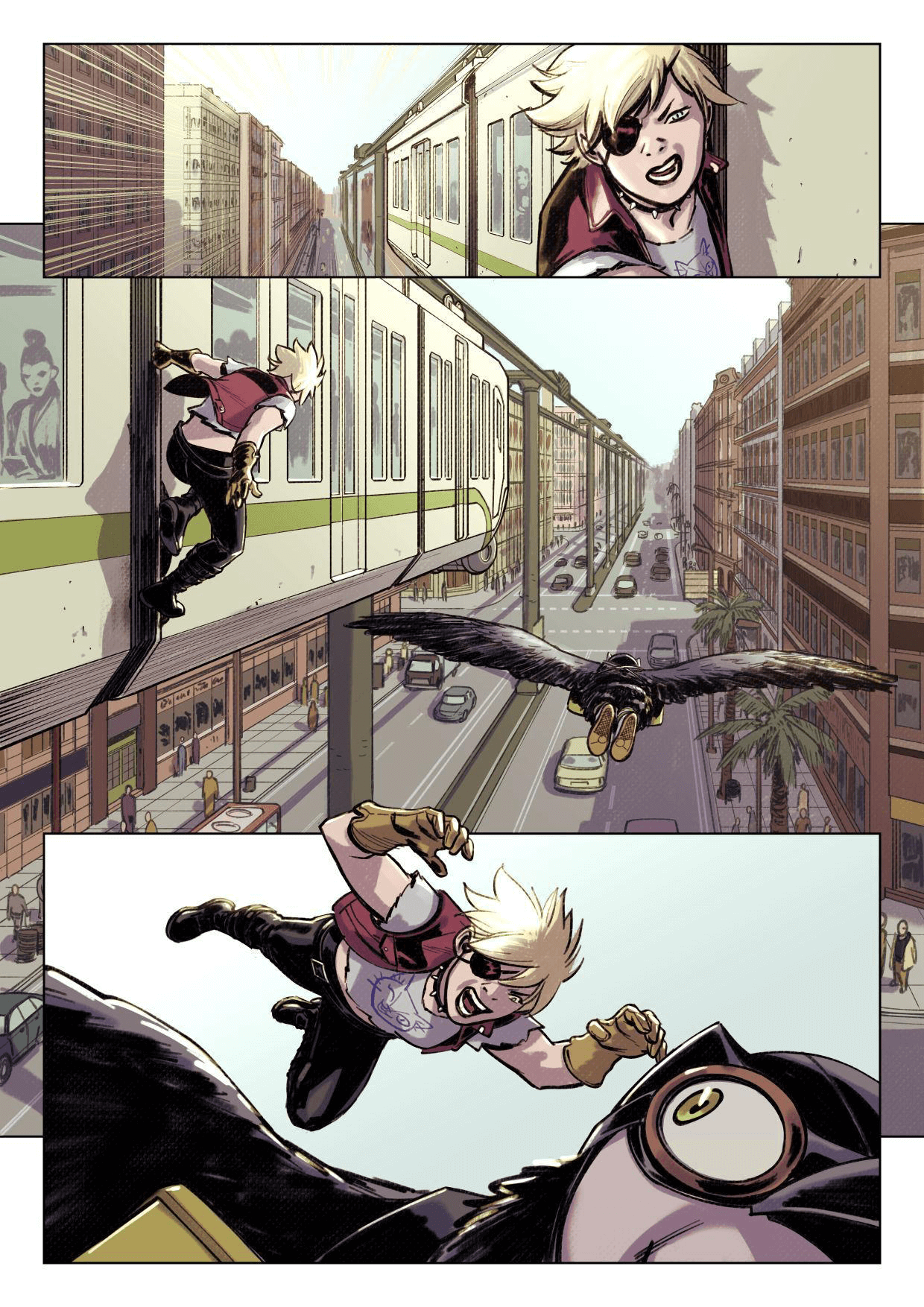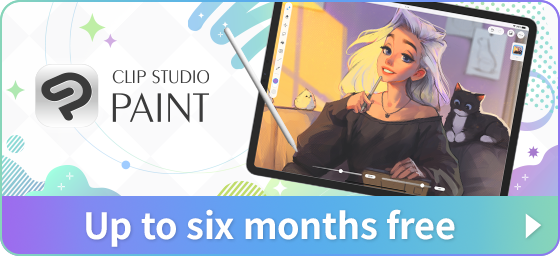Introduction

To be successful in the field of comics, manga, and webtoons, it is important to develop your own unique style. Comics, manga, and webtoons can be called comprehensive art forms as they are composed of various elements. This will introduce information that can help you develop your art style and character design out of those many elements.
Crafting a Unique Style for Comics, Manga, and Webtoons
For you to be successful as an artist for comics, manga, and webtoons, you need to develop your own unique style. Art style refers to character design, color schemes, and the like. This section will introduce the key points to keep in mind in order to develop a unique style.
Finding Inspiration
The first step in creating a unique style is finding inspiration. Think back to how you first became interested in creating comics, manga, or webtoons. There must have been a moment when you read a certain work and felt the urge to draw something like it yourself. You can use a work that appeals to you as a model, and it doesn’t even have to be a comic, manga, or webtoon. You can use novels, movies, or any other genre or anything that captures your interest and gives you the inspiration to create. Discovering what is appealing to you will help you establish the personality of your works.
Developing your own style

More than anything else, drawing often will be important for you to develop your own style. By drawing in a variety of styles, you will gradually discover a unique style that best reflects your personality. For example, you can find your strengths as an artist by trying different styles or genres, such as being good at drawing cute girls. Professional comic artists go through this process as well to find out what works for them.
It takes time and energy to draw a lot of pictures. Drawing apps such as Clip Studio Paint are equipped with tools and functions that help increase the efficiency of your creative process. We recommend that you make active use of them!
Consistency in Style
Once you have developed you own unique style, it also becomes important to be consistent in your art style. With unique individuality and a consistent art style, readers will be able to recognize a drawing as being your work just by looking at it.
As you continue to draw comics, you may want to change your art style. A drastic change in style will affect the setting of the work and make it difficult to maintain consistency. Therefore, you should establish an art style before you start full-fledged production.
Balancing style and storytelling
Comics, manga, and webtoons are techniques that use pictures to tell a story. Reflect on whether your art style is optimal for portraying the story you want to write more effectively to your readers. Because art style and story go hand in hand, you need them to match to get a sense of unity in the world of your artwork.
Creating Engaging Characters

This section goes over how to create engaging characters. In comics, the story progresses through the characters’ movements. You can’t just rely on the appearance of the characters, but also their catchphrases and memorable gestures. To this end, dig deep into the characters’ personalities and other internal aspects to create comprehensive character designs. Engaging characters can be an important factor in attracting readers.
Character Design Principles
The key to character design is to make the character’s personality and individuality come through simply by looking at them, even without explanations. Readers imagine characters’ internal aspects and backstory from their body shape, hairstyle, face, clothing, and the like. Looking at existing works for inspiration. If a character is a superhero who saves the world, his muscles are drawn large and his strength is expressed impressively in the picture. Recognize that character design is an important element that supports your story.
Developing Backstory and Personality
As previously mentioned, characters’ visuals are closely related to their personality and backstory. Therefore character design should be fleshed out not only in terms of appearance, but also for internal aspects as well.
A useful tool in this process is a character chart or resume. Visualize in text the character’s sex, age, personality, upbringing, likes and dislikes, etc. Careful elaboration of the elements give a higher resolution to the character and make the story more compelling and realistic.
Comics contain not only the main character, but also sub-characters such as friends and rivals. As with the character design for the main character, prepare a resume for each of the sub-characters as well. Once the character designs for the main character and sub-characters have been created, think about the relationships between these characters.
Expressing Emotions and Actions

Once you've come up with character designs, it’s time to put them in motion. Characters can be happy or sad in a story. This is linked to the story’s ups and downs.
In order to express the characters’ emotions and actions, you’ll need to be able to draw different facial expressions and poses. For example, when a character is surprised, his eyes may widen wider than usual, or the corners of his mouth may turn up when he is happy. Study the relationship between emotions and facial expressions/behaviors by learning how to draw different emotions from various works on a regular basis and by observing real people. Studying anatomy in order to understand muscular and skeletal mechanisms will also be helpful.
As you improve your skills in drawing emotions, you will be able to effectively convey the feelings of your characters to your readers. When readers are emotionally invested in a character, they are more inclined to continue reading the work.
Making Memorable Characters
To make a strong impression on readers, it is effective to combine the character’s basic personality with unexpected elements. For example, a character may be shy at school, but when he puts on the hero suit, he becomes more confident and powerful.
It is also effective to visually express the character’s personality in an exaggerated way. To make a character unique, gestures and catchphrases are used in addition to appearance to create personality.
CLIP STUDIO PAINT PRO
for character art, concept art, illustration
CLIP STUDIO PAINT EX
for comics, manga, webtoons & animations
PRO
EX
Single-page illustrations & comics
Multi-page comics/manga & illustrations
Up to 24 frames for gifs or short animations
Unlimited frames for professional animation
Natural, customizable pen and brush tools
Vector layers
More than 10,000 free downloadable brushes and materials
3D models and drawing figures
PSD compatibility
RGB and CMYK compatible
For macOS and Windows
-
Export and print multi-page files
-
Convert images and 3D models into lines and dot shading
Free technical support
Free web services & community
Clip Studio Ask / Assets / Tips / Share







